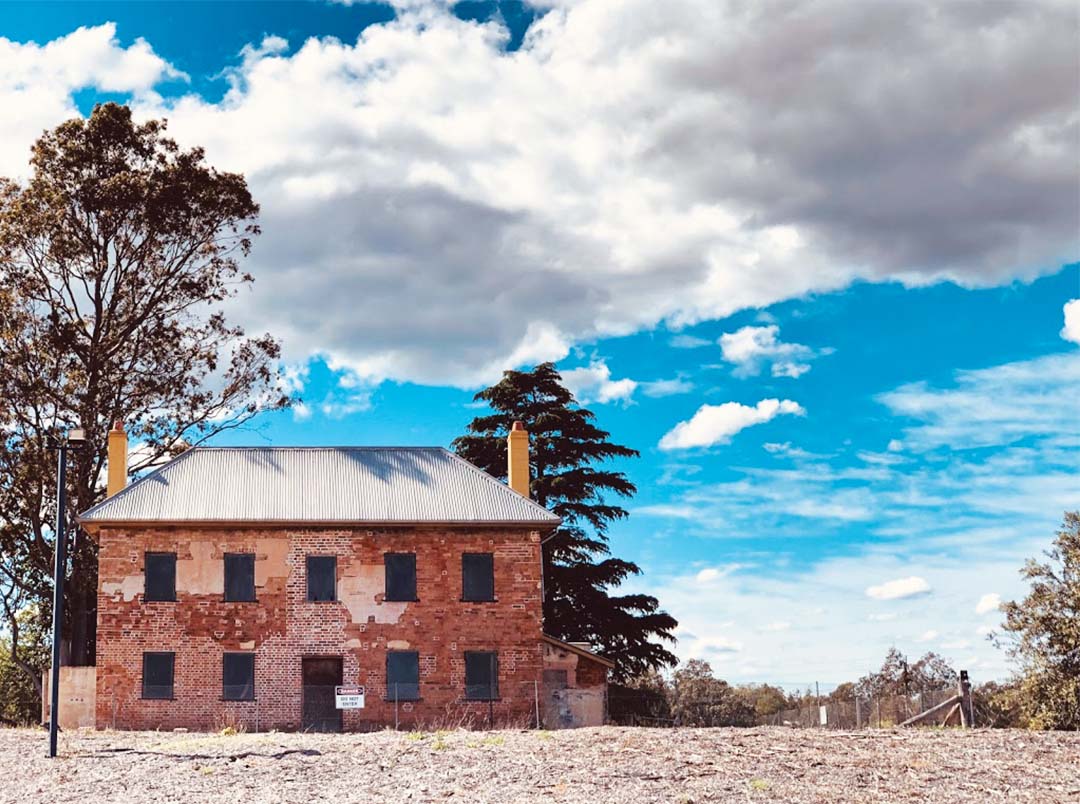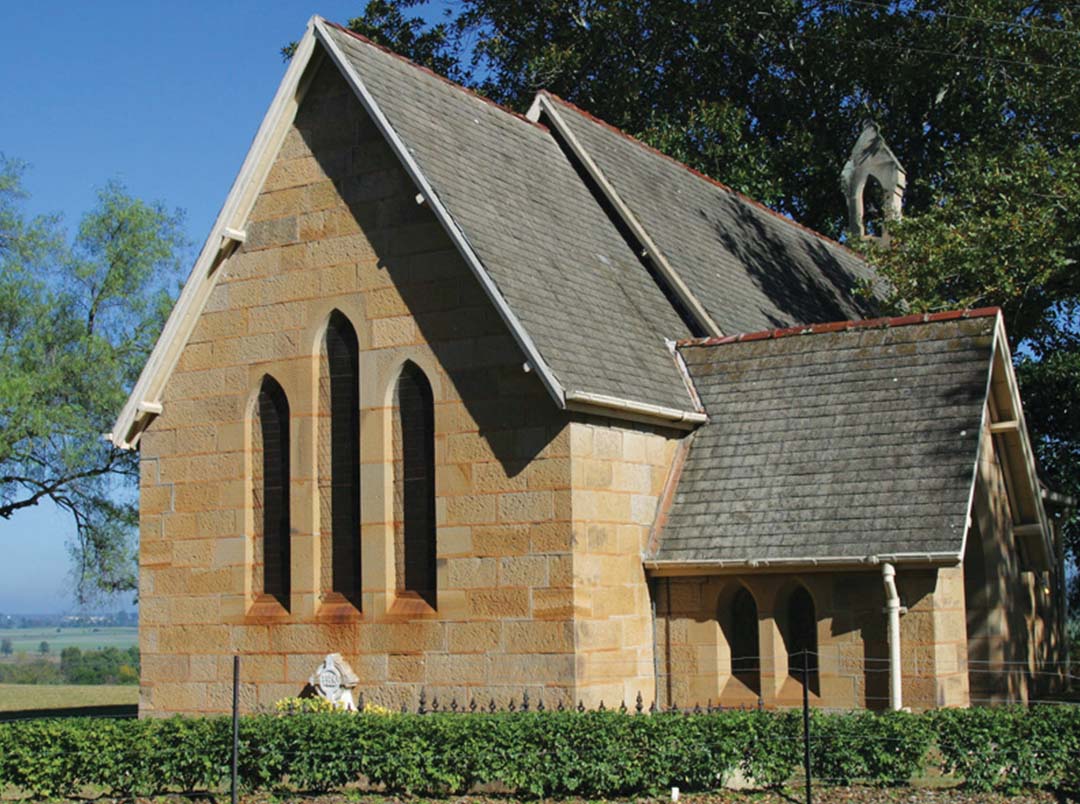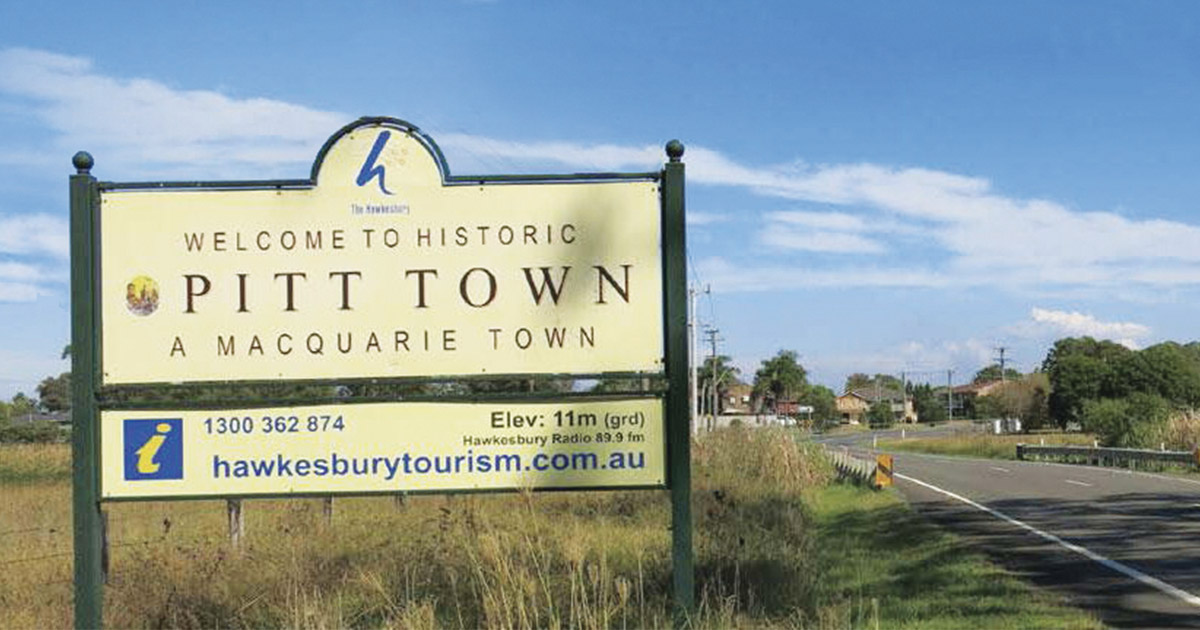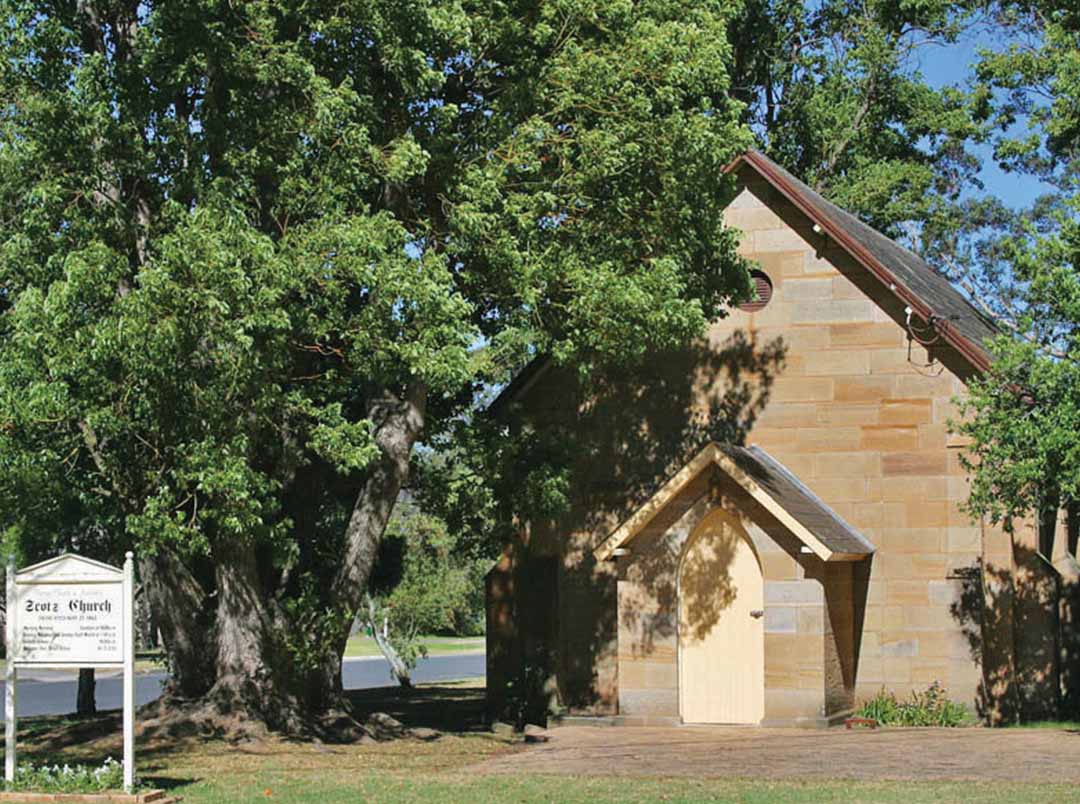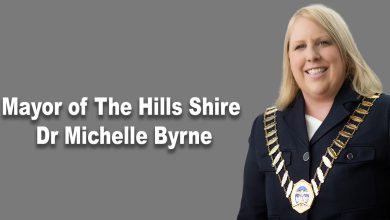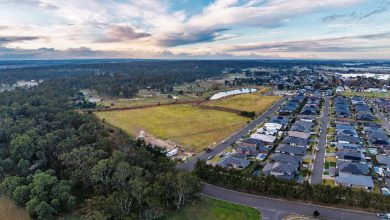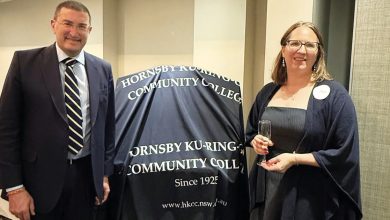Pitt Town
One of the five Macquarie Towns, so called as they were established in 1810 on the orders of Governor Lachlan Macquarie, is Pitt Town on the banks of the Hawkesbury River. Settlement of the area began in 1791 when Governor Arthur Phillip camped there. Land grants were given to early settlers in 1792, along the river front in the area now known as Pitt Town Bottoms.
The name of the town was chosen to honour the 18th century British Prime Minister, William Pitt the Younger, and a plan for the town was laid out in 1811 however it was slow to develop. In 1815 it was decided to relocate to it to its present site although development was still slow and 31 years later, in 1841, there were only 36 houses in the town.
The building of St James Anglican Church in Bathurst Street saw church services begin in the district in 1857-1858 and a few years later Scots Presbyterian Church, opposite St. James, was established. Scots Church has a close association with Ebenezer Church which has been mentioned on a few occasions within these pages in the past.
Prior to the building of these two churches, worshippers had to travel to the churches in either Ebenezer or Windsor. Travel to Ebenezer was either by rowboat or punt. The punt was situated at the bottom of Bathurst Street, Pitt Town (now Punt Rd) and built and operated by James Davison II on a farm. He was forced to sell both the punt and the farm in 1826 due to financial difficulties. The punt was bought by the Rev. John McGarvie, the Minister of Ebenezer Church, and the farm was purchased by the Ebenezer Church Committee, thus providing a Manse for Ebenezer Church.
Ministers of Ebenezer Church continued to reside in the Manse and in 1839, the Rev. George Macfie was inducted as Minister. It was during his term that Scots Church was constructed and dedicated. Mr Macfie retired soon after the 1867 flood, during which his daughter’s wedding breakfast was disrupted, requiring the wedding guests to be evacuated by boat from the upstairs windows of the Manse. After the 1867 flood, the damage caused was such that the Manse was considered uninhabitable and new manse was built alongside Scots Church and completed in 1883.
Welsh settler, John Grono, who featured in the 21stf March and 4th April editions of this magazine, established his ship and boat building operations at Pitt Town during the early part of the 19th century. In 1829, Grono launched the 270-ton vessel “The Australian” which, at that time, was the largest vessel ever built in the Colony.
In 1825, The Bird In The Hand Inn was built opposite its present site and for much of the 20th century was a general store known as “Millers”. 1987 saw construction of the shopping village in Eldon Street and The Bird In The Hand being converted into a Public Inn. The shopping village was extended in 2006 into Bathurst St.
The coming of the 20th century saw electricity come to Pitt Town in 1935; and town water connected in the early 1940s. The Second World War saw what is now known as Airstrip Road developed as an ancillary runway for Richmond RAAF Base and it was here that decoy aircraft and decoy buildings were installed whilst the real aircraft were concealed under camouflage nets. Following the end of the war the Pitt Town airstrip was converted into a car racetrack by James Hardie and was also used by Hardie for trialling the Ferrodo disc brakes. Airstrip Road is now a public road.
During the 1980s Pitt Town was threatened with eradication if some government reports had been adopted. The most threatening was a proposal to locate Sydney’s second International Airport at Pitt Town, with plans showing the runways running through the town centre. Another proposal was to turn the nearby former Army camp and Migrant centre into a high security prison.
